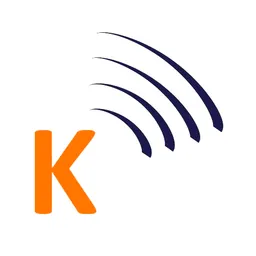Editorial Workflow
The following is the editorial flow for the Journal of High Frequency Communication Technologies.
Editorial Office Check:
The online manuscript tracking system is used for the whole editorial process. When an article is submitted for publication, the editorial staff of the journal reviews it to make sure it is appropriate for the standard peer review procedure. Following this, the manuscript is assigned to a suitable Handling Editor by the Editor-in-Chief depending on the topic matter and the editors' availability. All manuscripts must be handled by an editor who has no relationship with any of the authors.
Immediate Reject:
The submission will be rejected without further action if the Handling Editor determines that the submitted material may not be of sufficient quality to undergo the standard peer review procedure or that the subject matter may not be pertinent to the journal's scope.
Review Process:
If the Handling Editor determines that the submitted article is of adequate quality and fits the journal's scope, the paper is sent to a minimum of two independent external reviewers, provided that there is no conflict of interest between these reviewers and the authors of the submitted material. The peer review process is double blinded; that is, neither the reviewers nor the authors know each other during the review process.
When all the reviewers have submitted their review reports, the Handling Editor can make one of the following editorial recommendations:
- Accept
- Minor revision
- Major revision
- Reject
The article will go through a final review by the editorial office of the journal if the handling editor suggests "Accept" in order to make sure that the manuscript and its review procedure comply with the journal's rules and standards. The acceptance of the work will then be communicated to the authors.
The authors are notified to prepare and submit a final copy of their manuscript with the necessary corrections indicated by the reviewers if the handling editor determines that "Minor revision" is required. Following the authors' minor revisions, the handling editor reviews the revised document. The final manuscript can be approved after the handling editor is satisfied with the revisions.
The authors are expected to revise their article in line with the Handling Editor's advice and to submit their revised manuscript as soon as possible if the Handling Editor suggests "Major Revision". The reviewers are invited again to review the revised article and the review process is repeated.
The manuscript is immediately rejected if the handling editor advises against it. Additionally, the paper is immediately rejected if most reviewers suggest doing so.
The handling editor is not permitted to designate themselves as the manuscript's external reviewer. Every manuscript must be recommended by two or more independent external reviewers in addition to the Handling Editor to be accepted for publication in the journal. This is done to guarantee a high-quality, fair, and unbiased peer review process for every manuscript submitted to the Journal of High Frequency Communication Technologies.
Post Acceptance:
The publisher will typeset the paper based on the journal guidelines. The accepted paper will be made available online with a DOI number. The article will also be published immediately in the next available issue.
%20v1.png)










